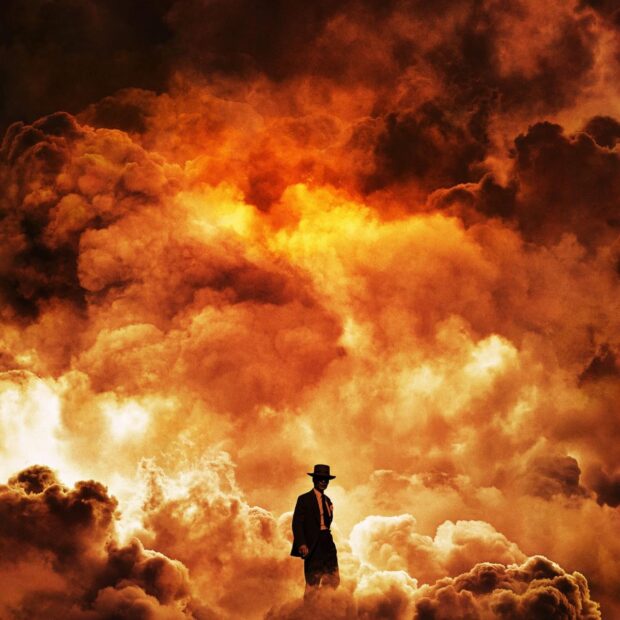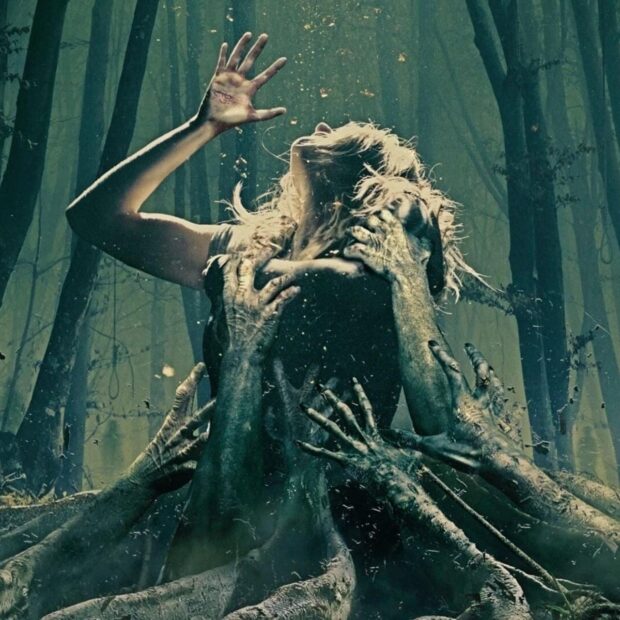Not even nostalgia can revive this rotting corpse of a franchise.
Resident Evil: Welcome to Raccoon City doesn’t just attempt to reboot the cinematically stalled Capcom horror saga – it exhumes it, embalms it, and props it up in a museum of meticulously recreated game ephemera. The result is a strangely reverent corpse of a movie: screen-accurate, lore-heavy but, ironically for a film about the undead, utterly lifeless.
This reboot trades the slick action choreography and Milla Jovovich-powered absurdity of the Paul W S Anderson films for something grittier, cheaper, and allegedly more faithful. Writer-director Johannes Roberts conjures up a drizzly 1998, cramming in the plotlines of the first two games like someone forcing two cartridges into one console. He’s clearly a fan – the sets are lifted almost wholesale, from the Spencer Mansion’s gloomy grandeur to the RPD’s baroque ridiculousness. But slavish devotion is not the same as cinematic vision, and nostalgia here functions more like a checklist than a narrative engine.
The ensemble cast suffers from the same overstuffed approach. Kaya Scodelario’s Claire Redfield manages to generate a pulse, but the rest feel like collectibles unlocked too early: present, recognisable, but not yet meaningful. Characters are introduced with all the finesse of a pop-up window: here’s Leon (Avan Jogia), here’s Chris (Robbie Amell), here’s Jill (Hannah John-Kamen), and they’re exactly what you remember – if what you remember is mostly costumes and catchphrases. Anyone unfamiliar with the games will feel like they’ve walked into a reunion for a school they never attended.
Tonally, it aims for grim sincerity but lands somewhere between soap opera and student film. There’s no self-awareness, no space for irony, just a plodding seriousness that leeches tension rather than builds it. The horror elements are competently staged, but rarely inspired. Zombies lurch, lights flicker, secrets are uncovered via floppy disk – it’s all very “1990s survival horror,” but without the jolts of dread or the giddy sense of escalation the games provided.
Some choices border on baffling though. A sudden detour into disaster movie territory, complete with an exploding petrol tanker, roaring flames, and torrential rain, adds spectacle but no substance. It’s a desperate attempt to inject energy into a third act that’s already coughing up blood. By the time the infected finally overrun the town, it’s less of a climax and more of a box-ticking exercise. Yes, the dogs show up. Yes, someone says “the mansion.” No, it doesn’t feel earned.
Welcome to Raccoon City is the kind of adaptation that confuses accuracy with effectiveness. It wants points for knowing the names, outfits, and floor plans, but forgets to ask why any of it mattered in the first place. The games were atmospheric puzzles built around escalating dread; this is a clip show on shuffle. It’s more slavishly faithful than its predecessors, sure, but also less fun, less weird, and far less memorable. If the Anderson films felt like they were making it up as they went along, this one feels like it’s afraid to improvise at all.
There’s probably a version of this movie that could have worked – pared down, character-led, haunted by its own absurdities. But Resident Evil: Welcome to Raccoon City is too afraid to be a cinematic adaptation and settles instead for being a lovingly recreated diorama. You can admire the detail, but you won’t remember the experience once the lights come up.








